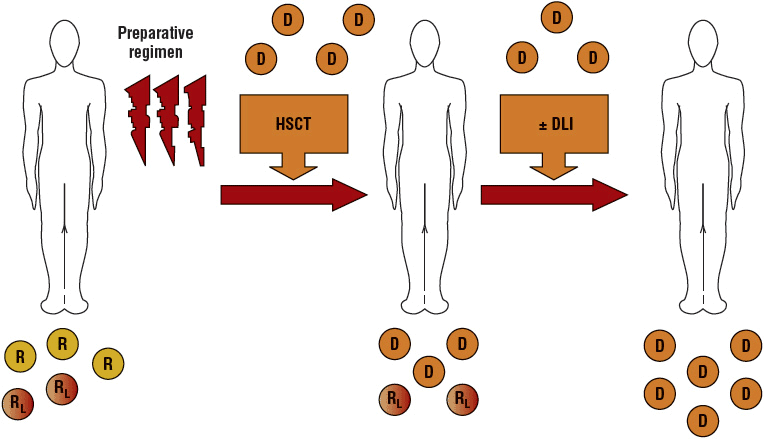
The diagnosis was mainly based on endoscopically obtained biopsies. Gastrointestinal GVHD and infectious colitis accounted for the majority of gastrointestinal complications after allogeneic stem cell transplantation in our patient population. Diagnostic procedures revealed in decreasing order: GVHD (62%), gastritis/esophagitis (19%), cytomegalovirus (CMV) enteritis (11%), bacterial enteritis (6%), and toxic mucosal damage (2%). Allogeneic stem cell transplantation is an established treatment modality for a variety of hematologic malignancies. During that period, changes in clinical practice have been aimed at reducing morbidity and mortality from infections, organ toxicity, and graft-versus-host disease. Between January 1996 and September 2001, we analyzed 42 consecutive patients who had been admitted at our institution for gastrointestinal complaints after allogeneic stem cell transplantation for hematologic diseases. We have used a non-myeloablative conditioning regimen for allogeneic hematopoietic cell transplantation for the past twenty years. The study was designed prospectively with consecutive patients and performed at our institution in a clinical stem cell transplantation setting. Nonmyeloablative stem cell transplant ( NST ) : An allogeneic transplant with less toxicity in which only.

The diagnostic procedure for this study included physical exam, stool cultures, endoscopy with biopsies, and abdominal computed tomography (CT).

The clinical presentation of each disease is nonspecific. Their main causes are gastrointestinal graft-versus-host disease (GVHD), infections, toxicity, or preexisting gastrointestinal diseases. Future challenges remain in determining the safest approach for haploidentical transplant to be performed with minimal risk of GvHD, while preserving effective graft-versus-leukemia activity and promoting prompt immune reconstitution.Upper and lower gastrointestinal symptoms are major and serious complications after stem cell transplantation. We treated 14 patients with GATA2 deficiency using a nonmyeloablative allogeneic hematopoietic stem cell transplantation regimen. The encouraging reports from haploidentical transplant using noninherited maternal antigen (NIMA)-mismatched donors or natural killer alloreactive donors may greatly increase the donor availability and open a way to more appropriate donor selection in HLA-haploidentical HSCT. Preliminary data have demonstrated the great potential in the use of adoptive cellular immunity and selective allodepletion in rapidly reconstituting immunity without GvHD.

However, the cardinal problems related to delayed immune reconstitution causing posttransplant infectious complications and relapse remain, limiting the efficacy of haploidentical transplant. Recent advances with effective T-cell depletion, the use of 'megadose' of stem cells and reduced intensity conditioning has significantly decreased the early transplant related mortality and GvHD, while enabling robust and prompt engraftment, and hence enhancing the therapeutic benefits of haploidentical transplantation. Initial results with the use of mismatched allograft has been disappointing due to the high incidence of graft-versus-host disease (GVHD) and infectious complications resulting in an unacceptable treatment-related morbidity and mortality. Haploidentical hematopoietic stem cell transplantation (HSCT) provides an opportunity for patients to benefit from HCT when a human leukocyte antigen (HLA) genotypically matched sibling is not available. Non-myeloablative and myeloablative peripheral Blood stem cell transplantation: Comparison of post-transplant complications and survival Presentation uri.


 0 kommentar(er)
0 kommentar(er)
